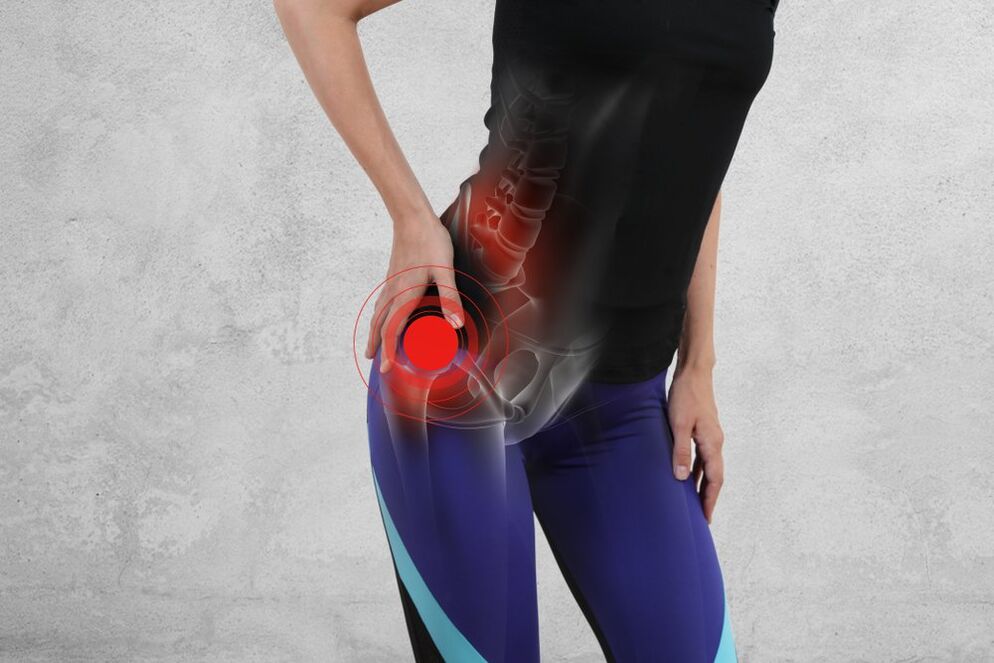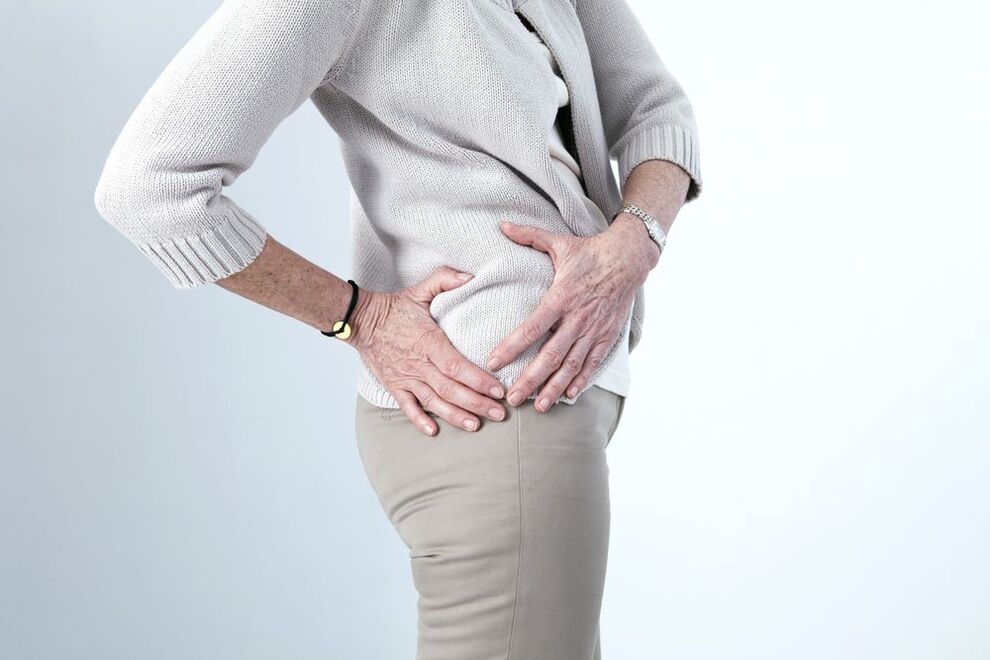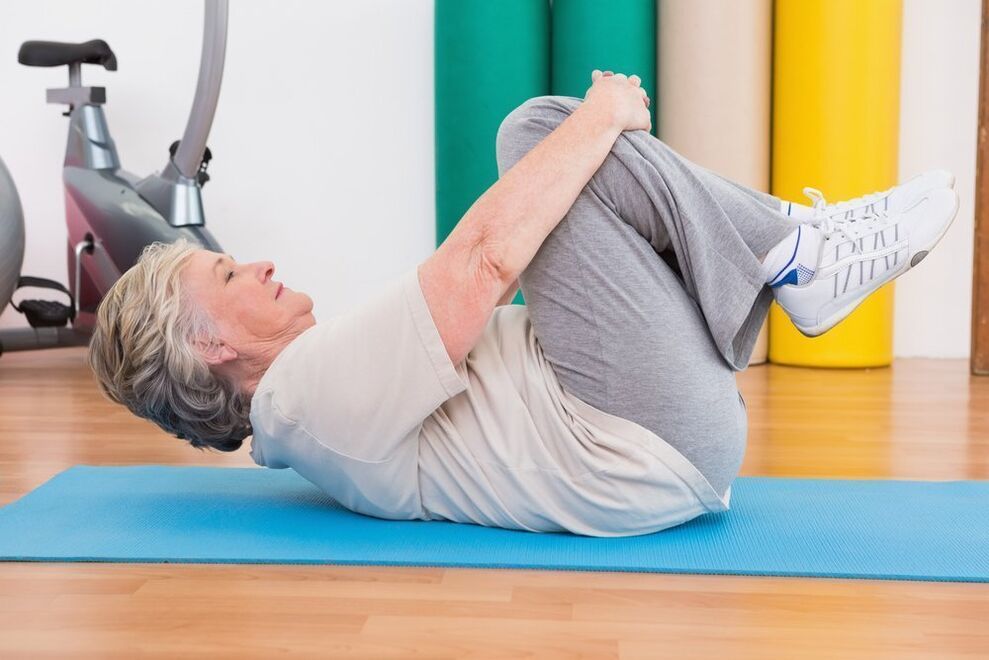
Throughout life, the joints of the legs experience a lot of stress. The hip is a large ball-and-socket joint that provides the ability to move independently. The emergence of painful sensations, tight movements, walking with a limp make a person think about the emergence of pathology.
In recent years, the number of people under the age of 30 who have been diagnosed with arthrosis has increased dramatically. These statistics are extremely sad, because the disease progresses steadily and can cause serious disability and disability. To avoid the development of side effects, you should start treatment immediately and follow all medical recommendations.
Arthrosis of the hip joint causes a lot of inconvenience to its owner. In case of discomfort in the joint area, it is necessary to consult a doctor to confirm the diagnosis and prescribe an effective treatment. Late treatment may cost the patient the ability to walk independently.
What is arthrosis?
Arthrosis is a rheumatological disease based on degenerative and dystrophic changes in the joints. In addition, the pathological process involves not only the articular surfaces, but also the ligament apparatus and capsule. The joints of the hands, feet, and knees are most often affected, but the most serious disease is arthrosis of the hip joint. With its development, the risk of developing complete disability increases due to severe restriction of movement.
The basis of articular cartilage is collagen molecules and proteoglycans: they give the joint strength and elasticity, making it resistant to various types of loads. Under the influence of external factors, the amount of collagen and proteoglycans decreases, as a result of which cartilage tissue is exhausted and gradually destroyed. Arthrosis develops under the influence of the following factors:
- mechanical damage;
- inflammatory processes in the joints;
- excessive load on the lower limbs;
- obesity;
- Age-related changes in the body (in people over 55 years old);
- Menopause (in women);
- Malnutrition with deficiency of protein products and calcium;
- hereditary predisposition;
- Transferred operations on funds.
How is arthrosis of the hip joint manifested?

Arthrosis develops gradually, so it is quite difficult to detect its initial manifestations. The patient may ignore the symptoms of the disease, mistaking them for fatigue or overwork. Exacerbation of discomfort may occur after an injury. Arthritis of the hip joint is accompanied by the following symptoms:
- Pain in the affected limb. It is dull, painful in nature, constant throughout the day. Unpleasant sensations increase during physical activity (exercise, running or walking), decrease during rest. When the hip joint is damaged, pain radiates to the groin, perineum, and thigh. The joint may also begin to "react" to changes in weather conditions or atmospheric pressure.
- Atrophic changes in muscles. When walking, the patient unconsciously spares the affected limb, as a result of which there is less stress on the muscles of the buttocks and thighs. This is accompanied by their atrophy and volume reduction. This is especially noticeable in unilateral arthrosis.
- Occurrence of cramping when making movements in the joint. This sound is similar to the rustling of a plastic bag and gets stronger after a long period of immobility (night sleep). In medicine, this term is called "crepitus". The appearance of convulsions is related to joint mobility disorders.
- Expansion of the affected joint in volume. This happens as a result of the formation of the smallest spikes - osteophytes - on the bone surfaces. Such a reaction occurs as a compensatory response to an increase in the load on the surface of the bones (with thinning of the cartilage).
Medical treatment of arthrosis
Currently, it is impossible to completely prevent the destruction of cartilage tissue. Therefore, the treatment of arthrosis with the help of drugs aims to reduce pain and slow down the progression of the disease. Most often, the following groups of drugs are used in therapy:
- Non-narcotic analgesics and mixed analgesics. They help reduce pain and are available in tablets or ampoules for intravenous administration.
- Nonsteroidal anti-inflammatory drugs in the form of topical ointments or creams are also used to control pain. They are also prescribed if arthrosis is accompanied by inflammation of the synovial membrane of the joint.
- Chondroprotectors are drugs that slow down the progression of the disease and improve joint function.
Exercise therapy and physiotherapy methods

Non-pharmacological means are also widely used in the fight against the disease. Doctors prescribe exercise therapy for patients to strengthen muscles and prevent the development of joint immobility. The nature of the exercises and the frequency of their implementation are determined individually for each case. Treatment of arthrosis also includes physiotherapy procedures, such as:
- transcutaneous electrical nerve stimulation;
- acupuncture;
- magnetic therapy;
- electrophoresis with analgesics;
- laser therapy;
- Massage.
To reduce the load on the affected limb, the patient is also recommended to use crutches or walkers. It will be helpful to wear a hip orthosis, a special device that helps restore leg function and prevent further damage to the joint.
surgery
Endoprosthesis is prescribed when conservative methods of treating arthrosis of the hip joint are ineffective. The aim of the operation is to eliminate the pain syndrome and restore the motor function of the limb. The procedure is performed in a specialized hospital under general anesthesia, after which the patient will have a long rehabilitation. The most favorable prognosis for childbirth is in patients aged 40 to 75 years with a weight of up to 70 kg: in them, the probability of endoprosthesis rejection is minimized, which makes the treatment of arthrosis extremely effective. On average, a prosthesis lasts about 10-12 years, but there have been cases of its successful use with minimal wear for 20-25 years.
















































